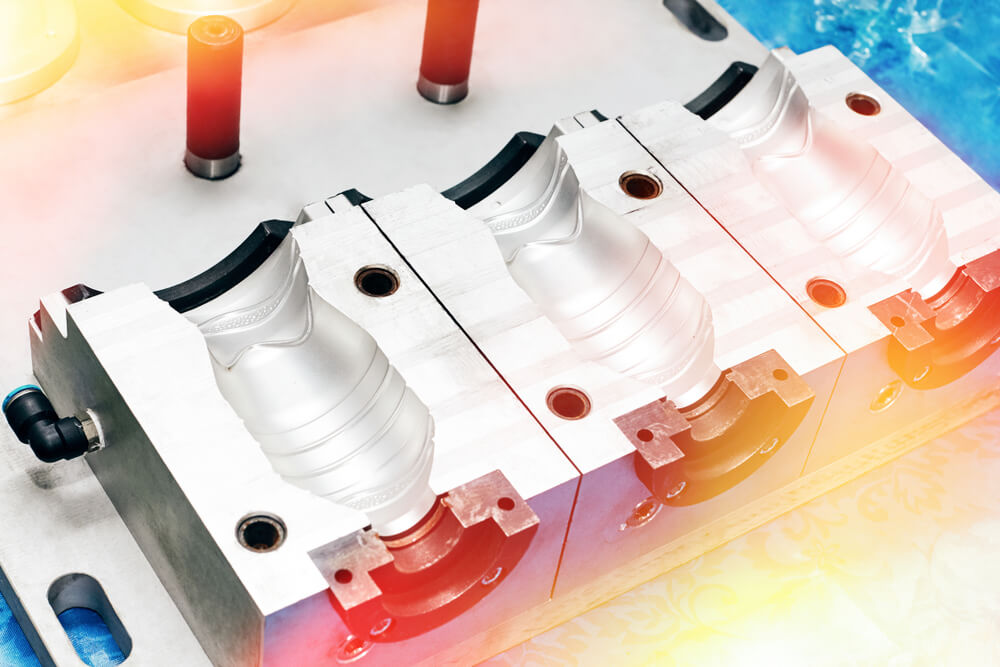Injection molding gate blush can be a frustrating issue that can affect the quality of your final product. Blush, which is a whitish or cloudy discoloration on the surface of the part near the gate, can be caused by a variety of factors. These can include moisture in the resin, inadequate venting, excessive injection speed, or improper mold temperature control. Whatever the cause, it’s important to address blush issues in order to achieve flawless finishes in your injection molding process.
Proper Moisture Management: A Key to Preventing Gate Blush
One of the best ways to solve blush problems in Blush injection molding is to focus on proper moisture management. Moisture in the resin can lead to poor part appearance and quality. Properly drying the resin before processing can help prevent blush issues. Make sure to store your resin properly in a dry environment and use a dehumidifying hopper or dryer to remove any excess moisture before injection molding. It’s also important to monitor resin moisture levels regularly to ensure that they are within the recommended range.

The Importance of Venting in Preventing Gate Blush
Venting is another critical factor in preventing gate blush. Inadequate venting can lead to trapped air or moisture in the mold cavity, causing the resin to degrade and form blush on the surface of the part. Make sure that your molds are properly vented to allow for the escape of air and moisture during the injection molding process. Consider adding additional venting channels or using venting inserts to improve air and gas evacuation in the mold.
Controlling Injection Speed for Optimal Part Quality
Controlling injection speed is also key to preventing gate blush in injection molding. Excessive injection speed can cause shear heating and degradation of the resin, leading to poor part appearance. It’s important to set the injection speed at an optimal level that allows for proper filling of the mold cavity without causing excessive heat buildup. Adjusting injection speed parameters in your molding machine can help prevent blush issues and improve part quality.

Mold Temperature Control: A Critical Factor in Preventing Gate Blush
Proper mold temperature control is another essential factor in solving blush problems in injection molding. Maintaining the correct mold temperature is crucial for achieving consistent part quality and appearance. Make sure to monitor and adjust the mold temperature settings according to the specific requirements of the resin being processed. Using a mold temperature controller can help ensure that the mold temperature remains stable throughout the injection molding process, reducing the likelihood of gate blush.
Conclusion: Achieving Flawless Finishes through Best Practices
In conclusion, preventing injection molding gate blush requires a combination of proper moisture management, venting, injection speed control, and mold temperature control. By focusing on these best practices, you can improve the quality of your injection molded parts and achieve flawless finishes.